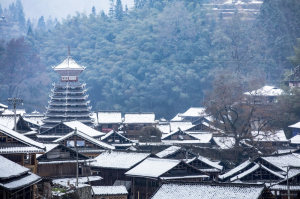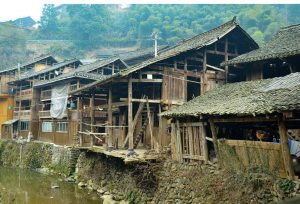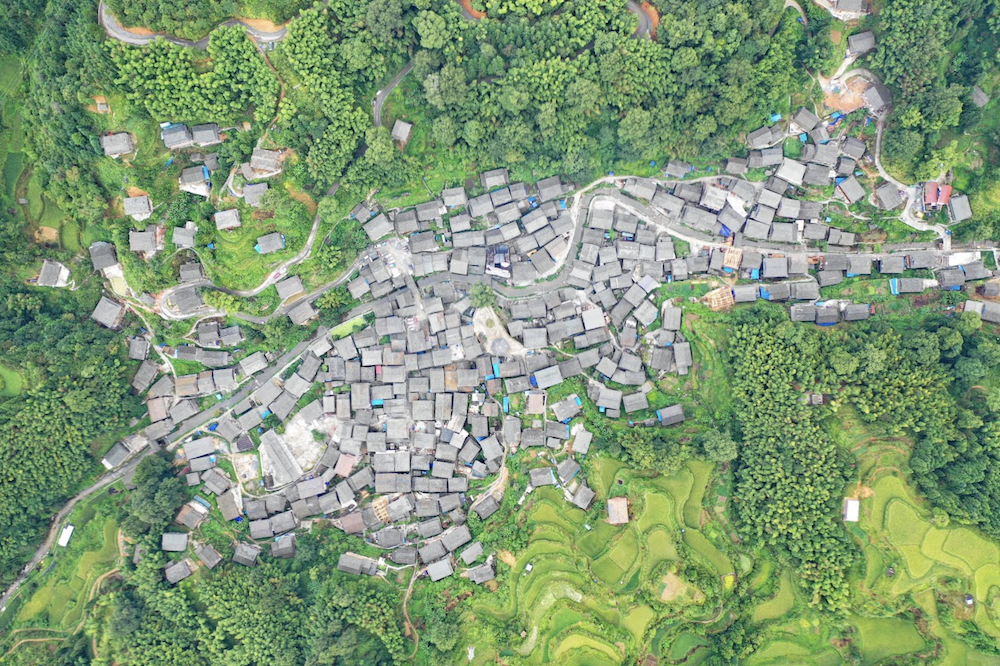Iftikar Ahmed
China’s rich cultural tapestry is woven with a multitude of ethnic groups, each contributing unique traditions and architectural marvels. Among them, the Dong people stand out for their remarkable architectural heritage. Nestled in the stunning landscapes of southwestern China, the Dong people have crafted an exceptional architectural style that reflects their rich history, deep-rooted traditions, and harmonious coexistence with nature.
The Dong people, also known as Kam or Kam-Sui, are one of the fifty-six recognized ethnic groups in China. With a population of approximately three million, they primarily inhabit the mountainous regions of Guizhou, Hunan, and Guangxi provinces. For centuries, the Dong people have thrived in these areas, preserving their unique cultural identity and architectural heritage.
At the heart of Dong culture lies their awe-inspiring architectural achievements. The Dong people are renowned for their grand wooden structures, characterised by intricate craftsmanship, elegant designs, and a seamless integration with the surrounding landscape. Their iconic drum towers, known as “Gulou,” serve as communal gathering places and symbolise the unity and strength of Dong communities. These towering structures, often reaching up to six stories high, feature exquisite wooden carvings and are ingeniously constructed without the use of a single nail.

Courtesy: Zhang Li
One of the most captivating aspects of Dong architecture is their vernacular houses, known as “Diaojiaolou.” These traditional houses reflect the Dong people’s deep respect for nature and their exceptional skills in sustainable construction. Built on stilts, these houses harmoniously blend with the natural topography, allowing for efficient drainage and protection from flooding. The ingenious design features intricate wooden joinery and elaborate roof systems, showcasing the Dong people’s mastery of traditional building techniques. Inside, visitors are treated to beautifully adorned interiors adorned with vibrant Dong embroidery, delicate batik fabrics, and unique cultural artefacts.

Courtesy: Zhang Li
A true testament to the Dong people’s harmonious relationship with their environment is the creation of the wind and rain bridges. These architectural marvels, known as “Fengyuqiao,” seamlessly combine functionality with breathtaking beauty. Designed as covered bridges spanning rivers and streams, these structures provide vital transportation routes for Dong communities. Adorned with intricate wooden carvings and colorful paintings, the bridges also serve as enchanting gathering places and focal points for cultural celebrations.

Courtesy: Zhang Li
As modernisation and urbaniaation pose challenges to the preservation of traditional architecture, efforts have been made to safeguard the Dong people’s cultural heritage. Conservation projects, research initiatives, and tourism development have been instrumental in raising awareness about the Dong architectural treasures. Additionally, UNESCO has recognised several Dong villages and cultural sites as World Heritage sites, providing international recognition and support for their preservation.
The Dong people’s historic architecture stands as a proof to their remarkable ingenuity, reverence for nature, and deep-rooted cultural traditions. As we marvel at their architectural wonders, it is crucial that we continue to appreciate, protect, and celebrate the invaluable heritage of the Dong people for generations to come.
Check Google Arts and Culture here





